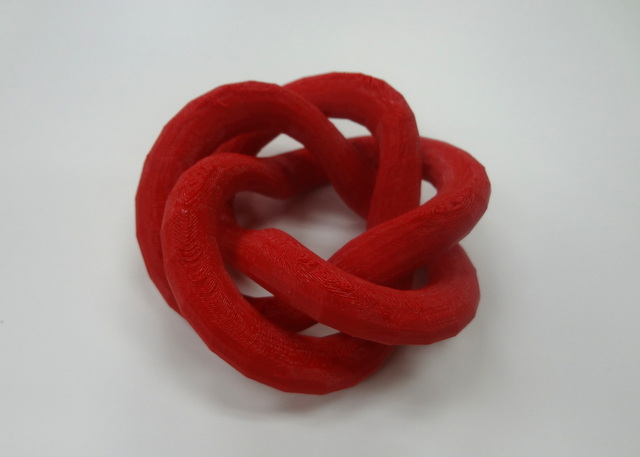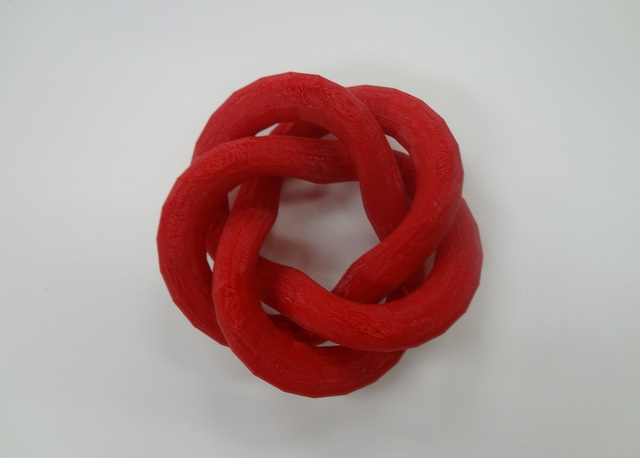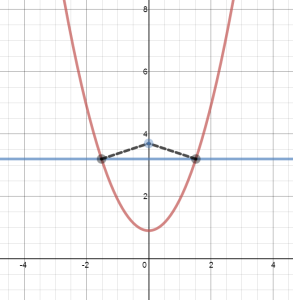In the spirit of thinking big, the National Council of Teachers of Mathematics (NCTM) recently invited its members to suggest grand challenges for mathematics education. The NCTM defined a grand challenge as ambitious but feasible, positively affecting many people, and capturing the public interest.
So, here’s my grand challenge for mathematics education.
Build and maintain a free, comprehensive, modular, and adaptable repository of learning materials for all secondary mathematics content.
The foundational resources in this repository would be a variety of free, modular texts covering all secondary mathematics topics. The content could be packaged together as “textbooks” that cover typical courses, or sliced-and-diced to meet the particular curricular needs of individual states, districts, and schools. The texts could be downloaded or printed for student/teacher use and would include a wide variety of exercises and problems.
The repository would also contain supplemental curricular materials like enlightening videos made by teachers and mathematicians, rich tasks, technology-based demonstrations and explorations, assessment items, and more.
A full-time staff of professional teachers, mathematicians, designers, and editors would be charged with managing the repository. This would include creating the texts and curricular materials, curating and integrating freely available content, and advancing the project.
To be clear, my grand challenge is not build the textbook of the future. This is certainly a worthy goal, and the forward-thinking work of people like Dan Meyer is helping us to define what a digital textbook could, and should, look like.
But my grand challenge is more modest: create a high-quality, comprehensive, customizable, freely available alternative to the standard textbook model. Of the many benefits such a project would have, three immediately come to mind.
Reduce Costs, Dependencies on Publishers
It is estimated that schools in the US spend between $8 and $15 billion every year on textbooks. For a fraction of that cost, a modest team of teachers and mathematicians could build and maintain a repository to satisfy the textbook needs of the vast majority of mathematics learners and teachers nationwide.
The mathematics taught in schools doesn’t change much, yet new math textbooks are produced and purchased every year. This is mostly due to superficial changes from textbook publishers and short-lived reform movements. A high-quality, free alternative would not only reduce the costs of acquiring textbooks, but could also put pressure on the multi-billion-dollar professional development industry, which is deeply influenced by textbook publishers.
Create Opportunities for Teacher Leadership
In conversations about improving the educational environment, we often hear about elevating the profession of teaching. This project would create many teacher-leadership positions at all levels of education. Teachers would be working directly to create, curate, and maintain the content in the repository, and teachers would also work at local and state levels to select and customize materials from the repository to best serve the needs of their districts and schools.
Giving teachers an active leadership role in adopting and customizing curricular materials would have a positive impact on schools and districts, as well as on the profession as a whole.
Promote a Common Language Around Mathematics Education
One of the purported goals of the Common Core State Standards Initiative was to create a common language around mathematics teaching and learning. But the CCSS movement has stalled, due in part to serious implementation problems and inflexible mandates.
The proposed repository could help promote a common language around mathematics through the widespread use of high quality texts, problems, tasks, and other common resources. Students from all across the country could work on shared problem sets and projects, and teachers could engage in professional dialogue about common tasks, texts, and demonstrations. Because the materials in the repository would be free and editable, states and districts would have full power to choose only those materials they wanted to use, and to adapt them as they saw fit.
There are many more potential benefits to this project, and I think it satisfies the NCTM’s criteria for a grand challenge: it’s ambitious but feasible, and it would have great impact.
To see the NCTM’s original call for Grand Challenges in Mathematics Education, click here. And Robert Talbert’s excellent response at the Chronicle of Higher Education is also worth reading.
 I’ll be giving a Math and Dinner talk for the New York Math Circle on Monday, August 4. Math and Dinner starts with some interesting mathematics at NYU’s Courant Institute, and after the talk the conversation continues over dinner at a nearby restaurant. The series provides a fun and casual way for NYMC participants to chat about mathematics, teaching, and learning.
I’ll be giving a Math and Dinner talk for the New York Math Circle on Monday, August 4. Math and Dinner starts with some interesting mathematics at NYU’s Courant Institute, and after the talk the conversation continues over dinner at a nearby restaurant. The series provides a fun and casual way for NYMC participants to chat about mathematics, teaching, and learning.


